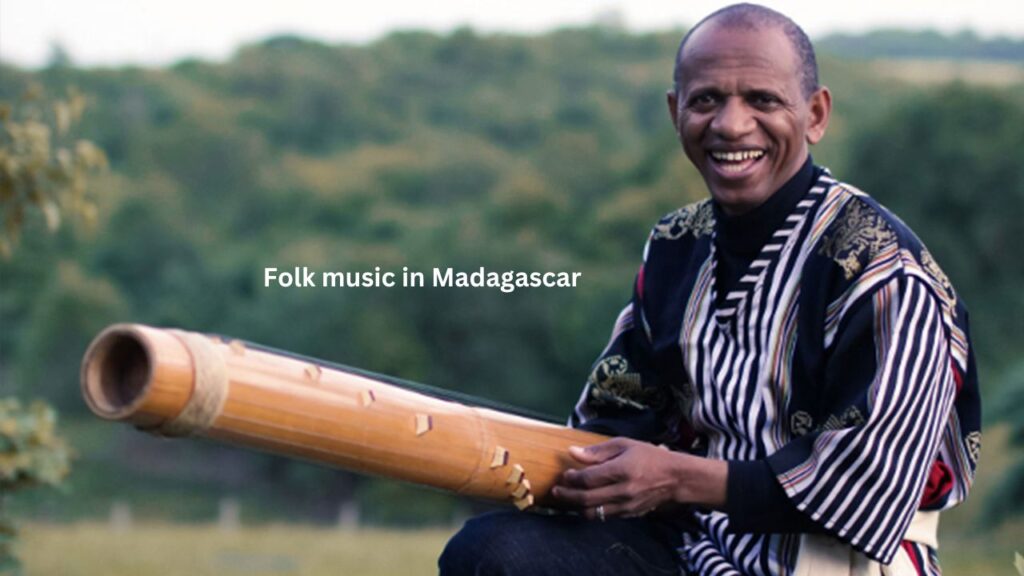Introduction
Madagascar, the fourth largest island in the world, boasts a vibrant and diverse musical tradition deeply rooted in its history and culture. Folk music in Madagascar is a reflection of the island’s rich ethnic diversity, combining African, Asian, and European influences into a unique auditory experience. This article explores the origins, key instruments, major styles, and the ongoing influence of Malagasy folk music in modern times.
The Origins and Cultural Significance of Malagasy Folk Music
Folk music in Madagascar has evolved over centuries, shaped by the migration of people from Southeast Asia, Africa, and later, European traders and colonizers. Each ethnic group on the island has contributed distinct musical elements, resulting in a rich and varied tradition that plays a central role in ceremonies, storytelling, and social gatherings.
The Role of Music in Malagasy Society
Folk music in Madagascar is more than just entertainment; it is an integral part of daily life. Traditionally, it has been used to convey historical narratives, celebrate festivals, and mark significant life events such as births, weddings, and funerals. It also serves as a medium for oral storytelling, passing down folklore and wisdom from generation to generation.
Traditional Instruments Used in Malagasy Folk Music
One of the defining features of Malagasy folk music is its use of indigenous instruments. These instruments, crafted using locally available materials, contribute to the distinctive sound of the island’s musical tradition.
1. Valiha
The valiha folk music in Madagascar’s national instrument, a tube zither made from bamboo. It produces a soft, melodic sound and is often played during cultural ceremonies and storytelling sessions.
2. Kabosy
The kabosy is a box-shaped guitar-like instrument with a short neck and is commonly used in both traditional and contemporary Folk music in Madagascar.
3. Marovany
Similar to the valiha, the marovany is a box-shaped zither that produces a resonant, metallic sound and is frequently used in religious and ceremonial music.
4. Sodina
The sodina is a type of end-blown flute that adds a soft, haunting melody to traditional Malagasy compositions.
Major Folk Music Styles in Madagascar
Folk music in Madagascar varies by region, with different ethnic groups contributing unique styles and rhythms. Below are some of the most notable traditional music styles found on the island.
1. Hira Gasy – The Musical Theater of Madagascar
A blend of music, dance, and storytelling, Hira Gasy is a form of folk opera performed in open-air settings. It is often associated with the Merina ethnic group and serves as both entertainment and a means of conveying moral and social messages.
2. Salegy – The Upbeat Dance Music
Originating from the Sakalava people in the northwest, salegy is an energetic folk music style characterized by fast rhythms, intricate guitar riffs, and lively dancing. It has influenced modern Malagasy pop music.
3. Beko – The Soulful Music of the South
The beko is a deeply emotional form of folk music performed by the Antandroy and Mahafaly people in southern Madagascar. Traditionally, it is used during funerals and other significant ceremonies.
4. Tsapiky – The Rhythmic Pulse of the Southwest
Tsapiky is an upbeat folk genre that incorporates rapid guitar rhythms and call-and-response singing. It is often played at community gatherings and celebrations.
The Influence of Folk Music in Contemporary Malagasy Music
Despite the influence of Western music, folk traditions remain strong Folk music in Madagascar. Many contemporary Malagasy artists incorporate traditional folk elements into their music, keeping the spirit of their heritage alive while modernizing it for a new generation.
Local musicians like Jaojoby, Dama Mahaleo, and Rajery have successfully blended folk music with modern genres, bringing Malagasy traditions to global audiences.
Preserving Malagasy Folk Music for Future Generations
With globalization and modernization, there is a growing concern about the preservation of Madagascar’s folk music. Efforts are being made by cultural institutions, musicians, and educators to document and promote traditional music through festivals, archives, and digital platforms. The annual Donia Music Festival and Madajazzcar are significant cultural events that help keep folk traditions alive.
Conclusion
Folk music in Madagascar is a crucial part of the island’s cultural identity, serving as a bridge between past and present. From the melodious valiha to the energetic beats of salegy, Malagasy folk music continues to inspire and evolve. Preserving these rich traditions is essential to maintaining the nation’s cultural heritage for future generations.

